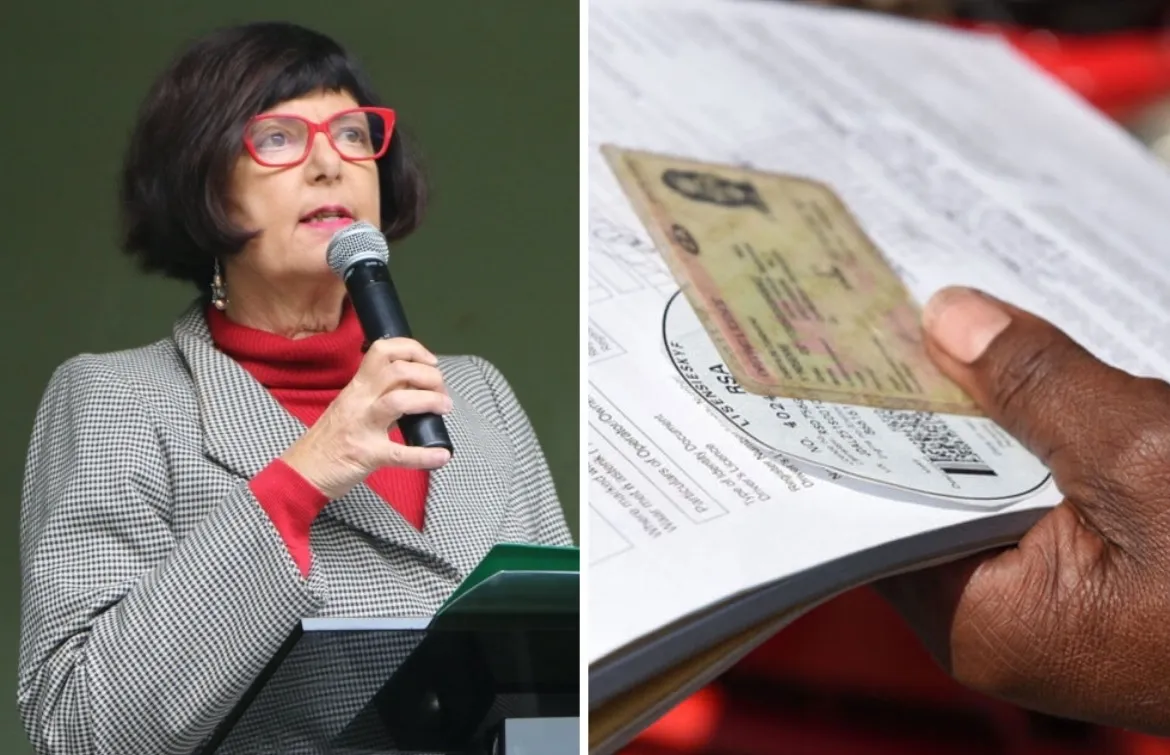
South Africa introduces new traffic law for the festive season
Service providers need to take note of this new South African traffic law, introduced through amendments to the National Road Traffic Bill…

A new traffic law in South Africa has been implemented ahead of the bustling festive season. President Cyril Ramaphosa finally amended the National Road Traffic Bill this month, establishing various new frameworks, reports TopAuto.
The new South African traffic law focuses on the integrity of driver’s licence testing centres (DLTCs). And introduces several new penalties for offences related to driver’s and vehicle licences. According to the National Road Safety Strategy behind the law changes, road-safety management hopes to make safer roads, vehicles, road users and post-crash response a reality in South Africa.
NEW SOUTH AFRICAN TRAFFIC LAW
Accordingly, a National Road Traffic Amendment Bill amends the National Road Traffic Act of 1996. And now includes various measures for the suspension and cancellation of driver’s and learner’s licences. Moreover, it also provides for the registration and grading of DLTCs. Similarly, under the spotlight will be the manufacturing, supply and fitment of number plates and Microdot security technology.
This same policy is extended to traffic officers, traffic wardens, and National Traffic Information System (NATIS) officials. Anyone who is seen to obtain financial benefit through road transport-related services will also be disbarred. Furthermore, examiners for driver’s, learner’s and vehicle licences, as well as traffic officers and licence inspectors, can now be suspended or have their registration revoked if they have been convicted of offences under the Criminal Procedure Act.
BUT THERE’S MORE
Likewise, anyone involved in the construction or modification of vehicle bodies or chassis cabs, as well as the importation buses and minibuses, must be registered on a national database. One more change outlined in the new South African traffic law concerns emergency vehicles. They are, by law, obliged to immediately respond to any road incident and render all necessary services to those in need.
‘Emergency services’ are defined as those provided by an organ of state or private body for private use. To ensure the safety of other road users, including pedestrians, emergency service vehicles responding to a call must not travel more than 20km/h through an intersection against the flow of traffic.
